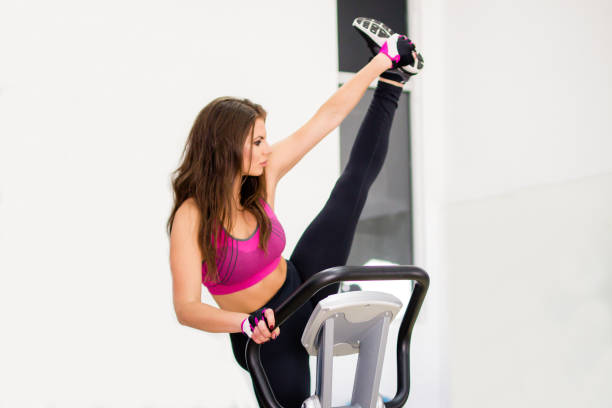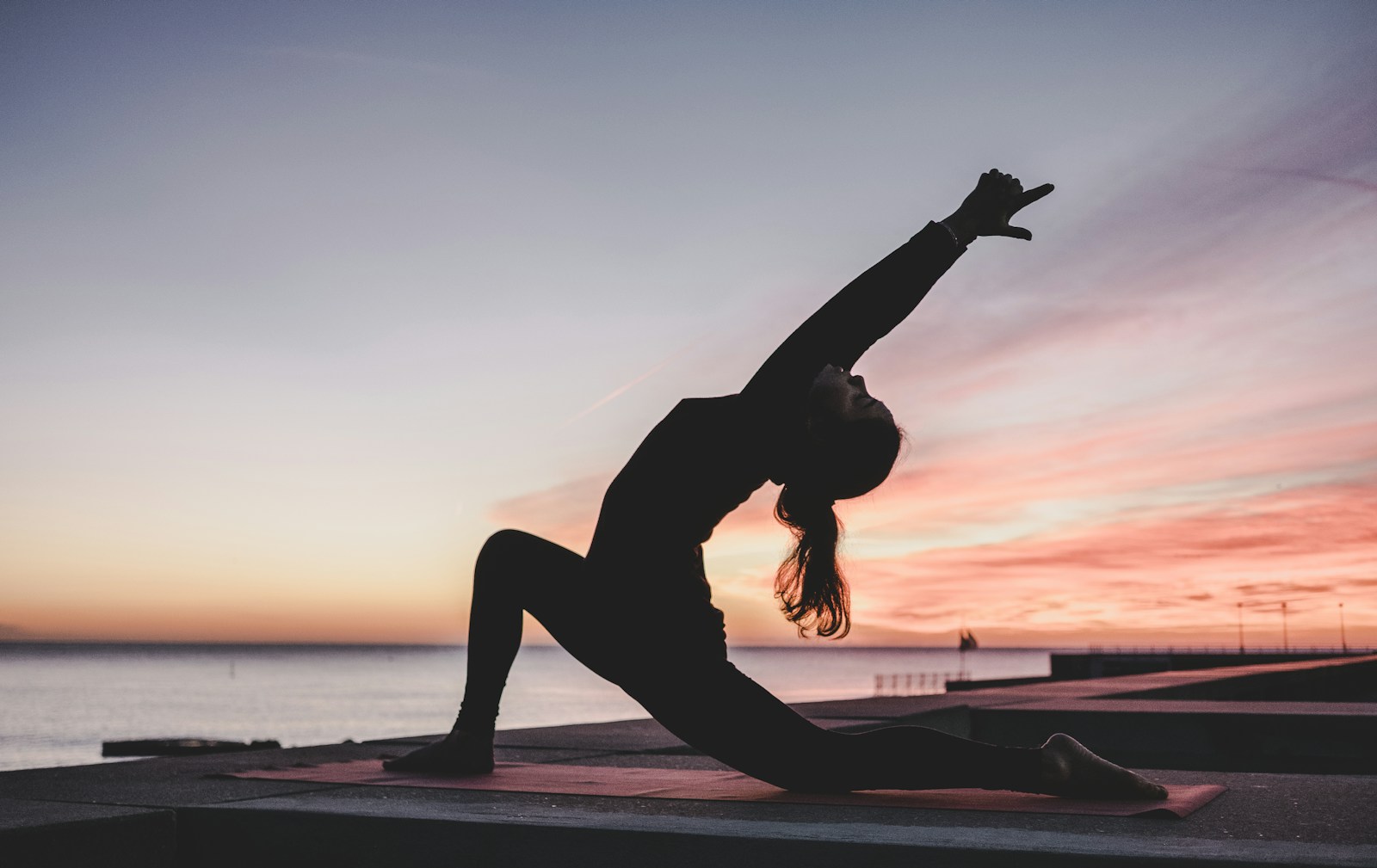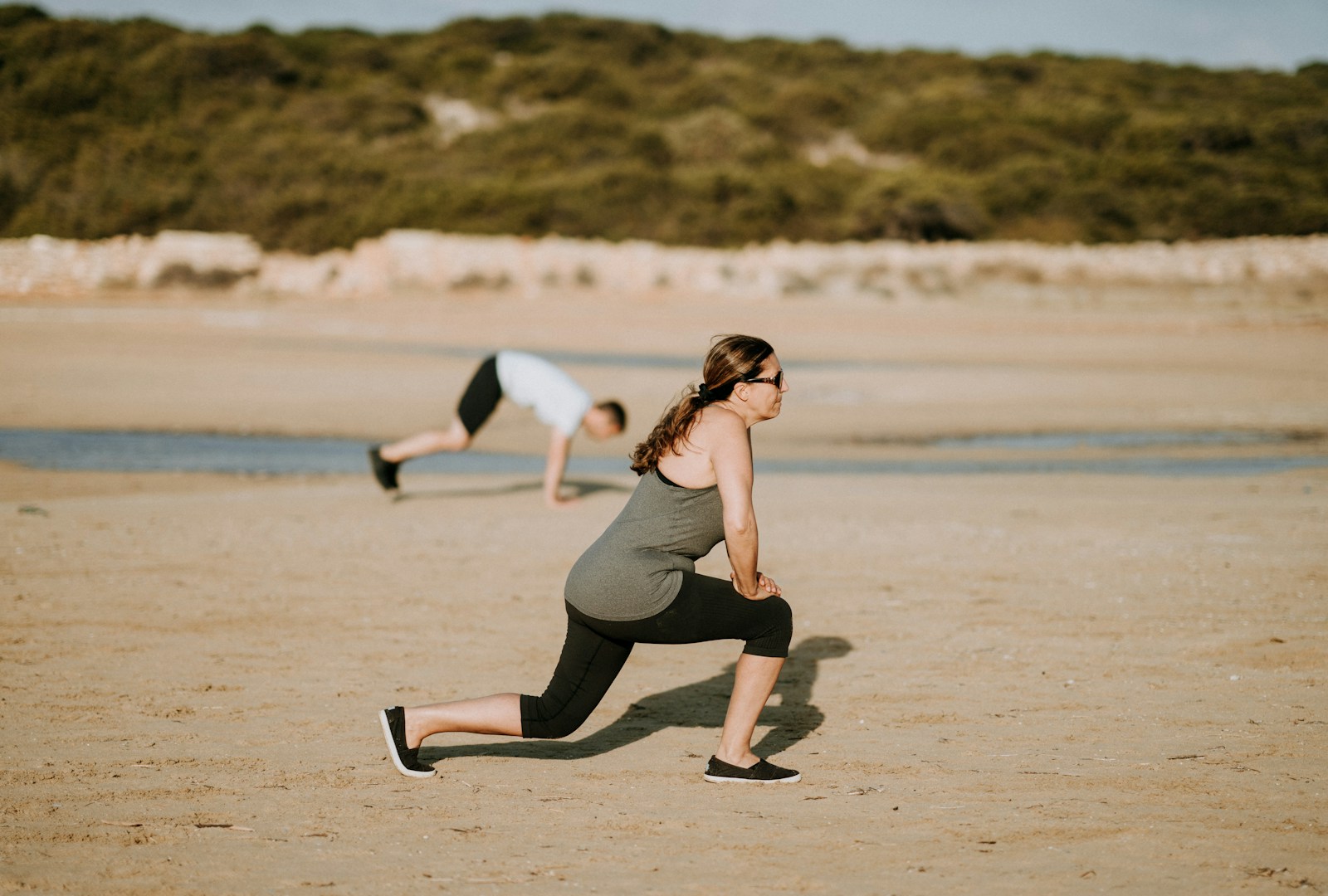
Functional Fitness for Everyday Life: Exercises to Improve Daily Activities
Table of Contents
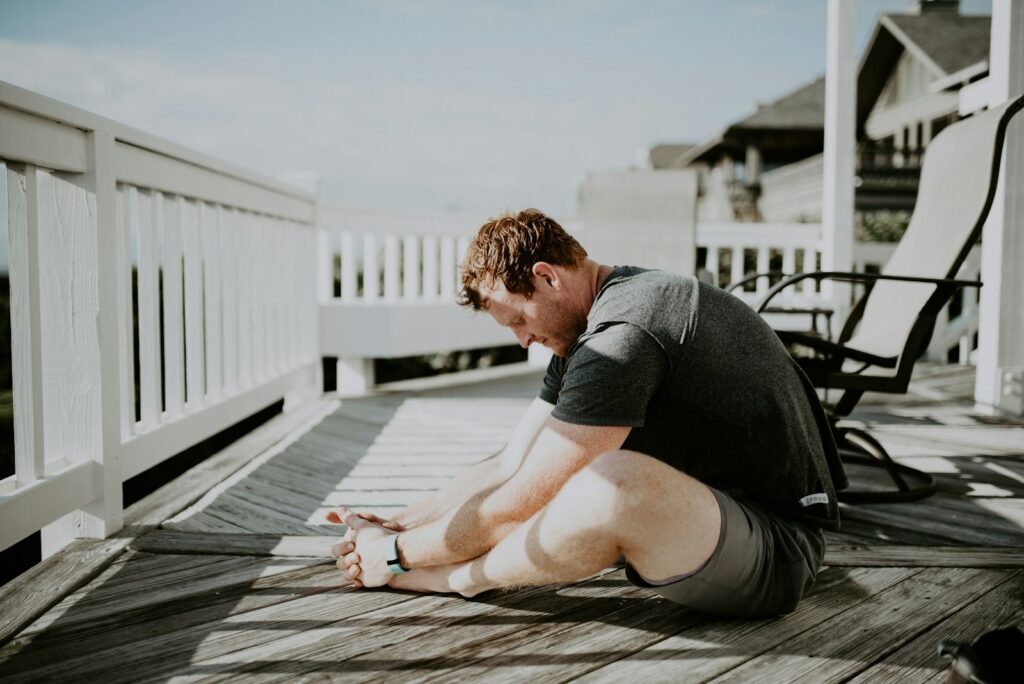
Functional Fitness: Let’s look at the research behind this concept and why it’s crucial to incorporate it for well aging and longevity.
As I get older, I have become more and more interested in the concept of not losing mobility and strength. I want to be able to continue to move and perform all my daily activities with the same comfort and ease that I do now.
In the pursuit of fitness, it’s easy to get caught up in the glamour of high-intensity workouts and lifting heavy weights. While these activities absolutely have their place, there’s a growing recognition for the importance of functional fitness—exercises that mimic real-life movements and improve our ability to perform everyday activities with ease and efficiency.
Whether you’re carrying groceries, playing with your kids, or simply getting up from a chair, functional fitness can make a significant difference in your quality of life.

Loss of mobility with aging:
As individuals age, mobility tends to decline due to a combination of factors such as muscle loss, joint stiffness, decreased flexibility, and changes in balance and coordination. This decline in mobility can significantly impact various daily activities, making tasks that were once routine more challenging.
Simple activities like bending down to tie shoelaces or reaching for items on high shelves can become difficult due to reduced flexibility and joint mobility. Getting in and out of chairs or cars may require more effort due to weakened leg muscles and decreased balance.
Additionally, activities that involve lifting, carrying, or pushing objects, such as carrying groceries, lifting grandchildren, or pushing a vacuum cleaner, may become more strenuous as strength diminishes with age.
Even activities as fundamental as walking and climbing stairs can be affected by reduced mobility, leading to a decrease in overall independence and quality of life. Therefore, maintaining and improving mobility through regular exercise and mobility-focused activities becomes crucial in preserving functional abilities and promoting healthy aging.
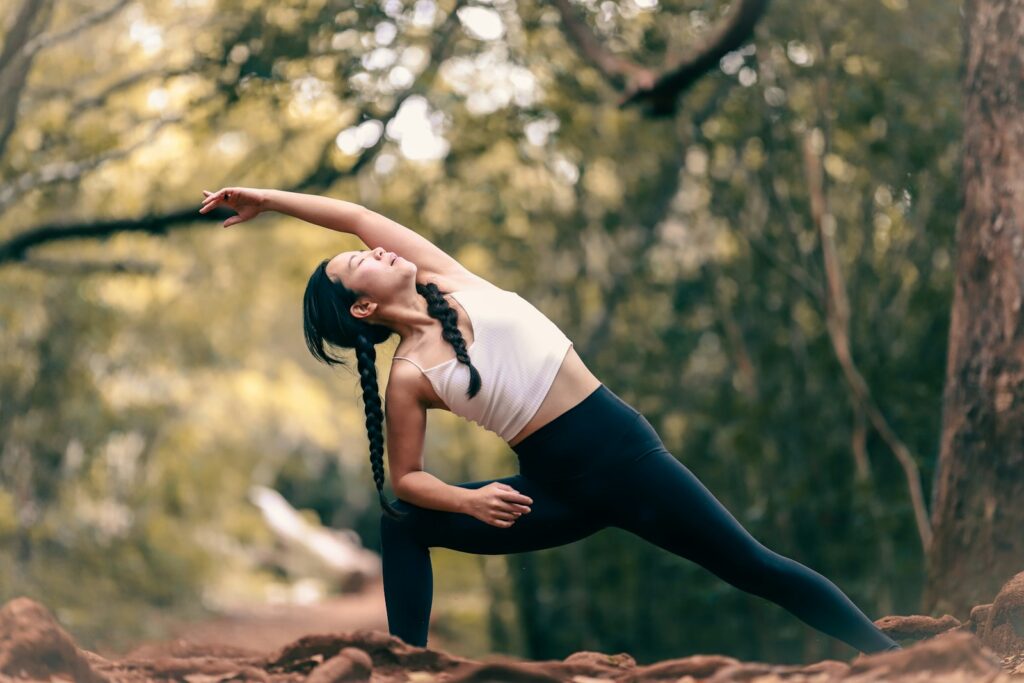
What is Exactly is Functional Fitness?
Functional fitness focuses on movements that train multiple muscle groups and joints simultaneously, improving coordination, balance, flexibility, and strength—all of which are essential for performing activities of daily living. Unlike traditional strength training, which often isolates muscles, functional exercises replicate natural motions, making them more applicable to real-world scenarios.
What The Research is Saying
Research supports the effectiveness of functional fitness in improving daily activities and overall quality of life.
A study published in the Journal of Strength and Conditioning Research found that functional training significantly increased participants’ strength, balance, and flexibility compared to traditional strength training methods.
Another study published in the International Journal of Sports Physical Therapy concluded that functional exercises, such as squats and lunges, were more beneficial for improving functional performance in older adults compared to isolated exercises targeting single muscle groups.
Research from the American Council on Exercise suggests that functional fitness exercises engage more muscles and joints than isolated movements, leading to greater overall functional capacity and a reduced risk of injury.
These findings underscore the importance of incorporating functional exercises into your fitness routine, especially as you age, to enhance your ability to perform daily tasks with greater ease and efficiency.
10 Functional Exercises to Incorporate Into Your Routine:
- Squats: Mimicking the motion of sitting and standing, squats strengthen the muscles in your legs, hips, and core. To perform a squat, stand with your feet shoulder-width apart, lower your body as if sitting back into a chair, keeping your chest up and your knees behind your toes, then return to a standing position.
- Lunges: Lunges target the muscles in your legs and hips, improving stability and balance. Step forward with one foot and lower your body until both knees are bent at a 90-degree angle, then return to the starting position and repeat on the other side.
- Deadlifts: Deadlifts strengthen the muscles in your lower back, glutes, and hamstrings, promoting proper lifting mechanics. Stand with your feet hip-width apart, hinge at your hips to lower your torso while keeping your back straight, then return to a standing position, squeezing your glutes at the top.
- Push-ups: Push-ups engage the muscles in your chest, shoulders, arms, and core, enhancing upper body strength and stability. Start in a plank position with your hands shoulder-width apart, lower your body until your chest nearly touches the ground, then push back up to the starting position.
- Planks: Planks are a core-strengthening exercise that improves posture and stability. Begin in a push-up position with your forearms on the ground, elbows directly beneath your shoulders, and your body forming a straight line from head to heels. Hold this position for as long as possible while maintaining proper form.
- Step-ups: Step-ups target the muscles in your legs and glutes while also improving balance and coordination. Step onto a sturdy platform with one foot, driving through your heel to lift your body up, then step back down and repeat on the other side.
- Russian Twists: Russian twists engage the muscles in your core and obliques, enhancing rotational strength and stability. Sit on the ground with your knees bent and your feet lifted off the floor, lean back slightly, and twist your torso to the right, then to the left, while holding a weight or medicine ball.
- Bent-over Rows: Bent-over rows strengthen the muscles in your upper back and arms, promoting better posture and shoulder stability. Stand with your feet hip-width apart, hinge at your hips to bend forward, and hold a weight in each hand with your palms facing inward. Pull the weights towards your ribcage, squeezing your shoulder blades together, then lower them back down.
- Single-leg Balance: Single-leg balance exercises improve proprioception and stability, reducing the risk of falls and injuries. Stand on one leg with your knee slightly bent, engage your core, and hold this position for 30-60 seconds before switching to the other leg.
- Carry Variations: Carrying objects—such as kettlebells, dumbbells, or grocery bags—in different positions challenges your muscles and improves grip strength, making daily tasks like carrying groceries or lifting children easier and safer.

Incorporating these functional exercises into your fitness routine can help you build strength, mobility, and resilience that translate directly to improved performance in your daily activities. Remember to start gradually, focus on proper form, and listen to your body to prevent injury and maximize results.
You may enjoy reading:
- 10 Amazon Must-Haves for a Stress-Free Morning Routine
- Why I Swear By My Vibration Plate: The Surprising Benefits That Got Me Hooked
- Sweating It Out: What Science Says About How Often to Use an Infrared Sauna (and What I’ve Learned Firsthand)
- Enhance Your Flow: Yoga Poses for Lymphatic Drainage
- Unlocking the Secrets to Luscious Locks: 5 Tips to Accelerate Hair Growth


